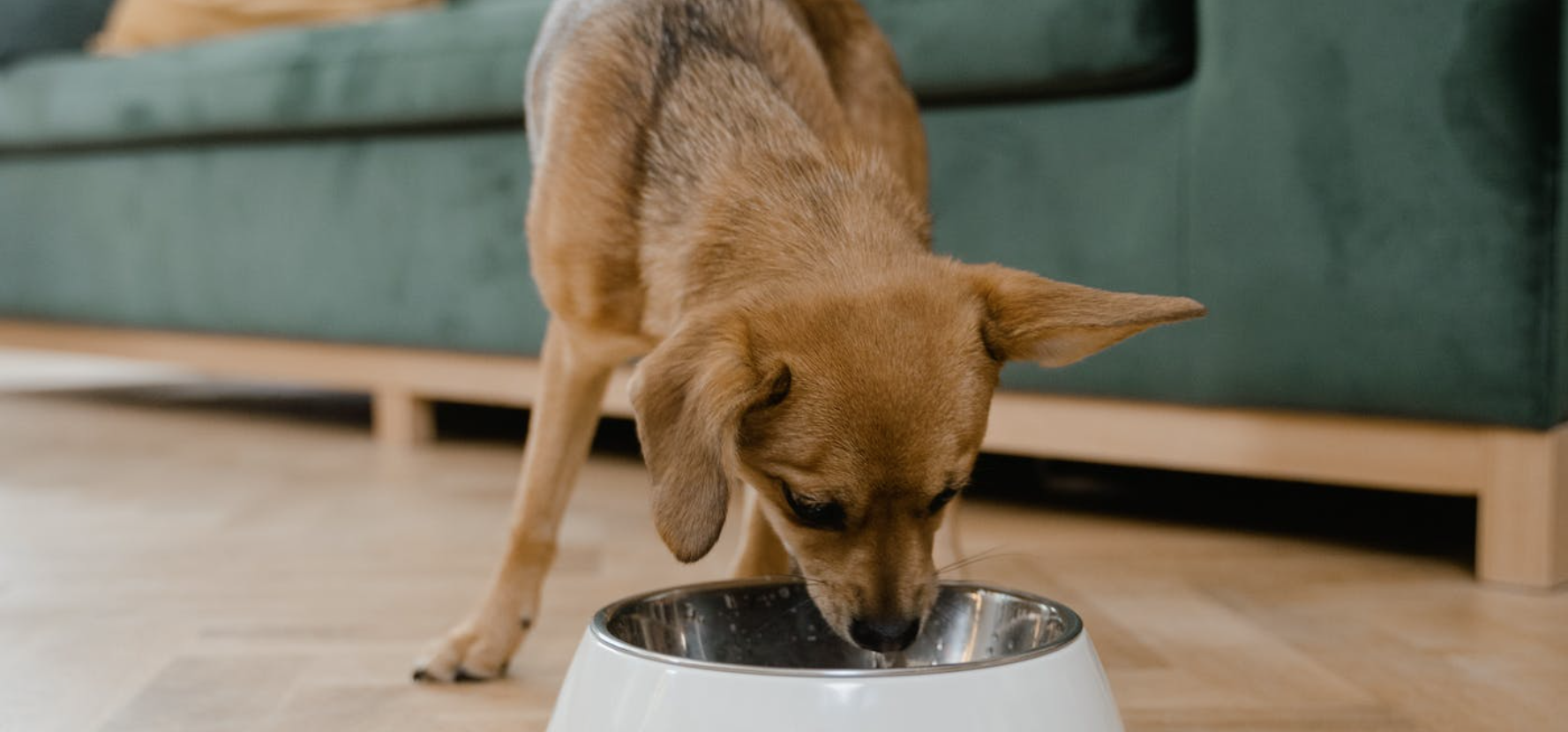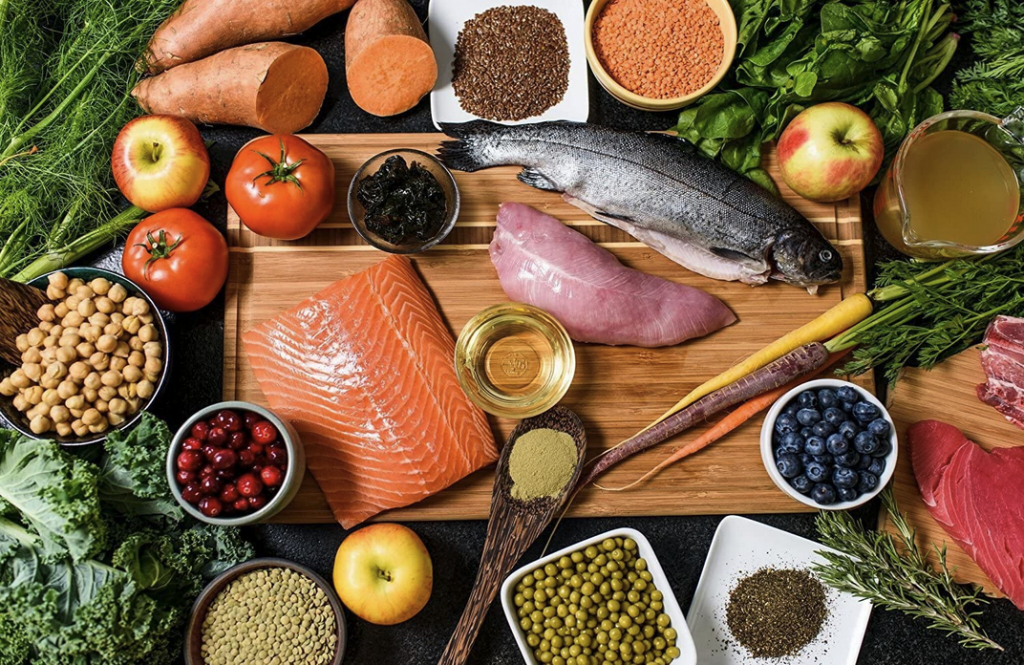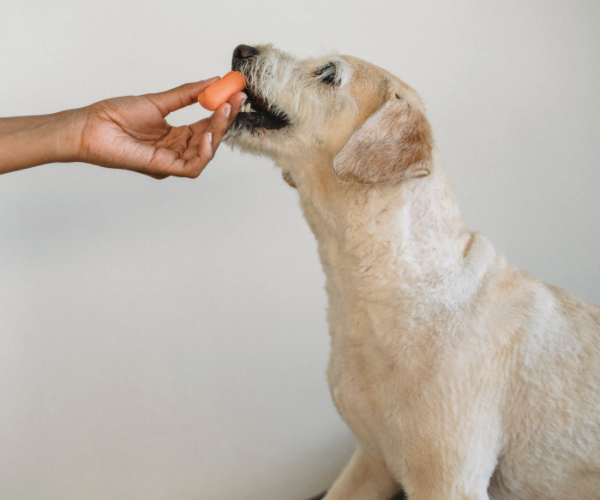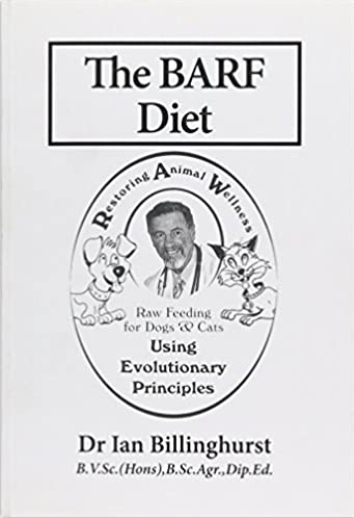
Delicious Barf Diet Recipes for Dogs and Puppies
[ez-toc]
Have you ever wondered what kind of food is the best for your furry friends? Well, we have just the answer for you! Let’s talk about the Barf diet for dogs. Now, I know what you’re thinking – “Barf? That doesn’t sound appetizing at all!” But trust us, this diet is all about providing natural and nutritious meals for your dogs and puppies. In this article, we’ll dive into the details of the Barf diet, discuss some delicious recipes, and explore the different options available, including frozen and pre-packaged meals that can be conveniently delivered to your doorstep. So, get ready to learn more about how you can give your four-legged friends the best possible diet!
When it comes to the Barf diet, it’s all about feeding our dogs and puppies the way nature intended. This means focusing on raw, unprocessed foods that are rich in nutrients and free from any artificial additives or fillers. By following this diet, we can provide our furry friends with a variety of health benefits, such as improved digestion, shinier coats, and increased energy levels. Plus, preparing homemade Barf meals allows us to have full control over the ingredients, making it easy to address any specific dietary needs or allergies our pets may have. In this article, we’ll share some delicious Barf diet recipes that are sure to make your pooches’ taste buds happy. Whether you prefer to make the meals from scratch or opt for the convenience of pre-prepared or frozen options, we’ve got you covered. So, let’s dig in and discover the wonderful world of Barf diet recipes for dogs and puppies – they’ll never have to bark for boring kibble again!
Understanding the Barf Diet
The Barf diet, which stands for Biologically Appropriate Raw Food, is a natural and holistic approach to feeding dogs and puppies. It aims to replicate a dog’s ancestral diet, consisting of raw meat, bones, fruits, and vegetables. The Barf diet focuses on providing a balanced and nutritious meal to enhance the overall health and well-being of our furry friends.
Benefits of the Barf Diet
There are numerous benefits to feeding dogs and puppies a Barf diet. By providing them with a biologically appropriate diet, we can improve their digestion, strengthen their immune system, and promote healthy skin and coat. Additionally, dogs on a Barf diet often experience increased energy levels, reduced allergies, and better dental health.
Making the Switch to a Barf Diet
Transitioning your pet to a Barf diet requires some preparation and planning. It is essential to gradually introduce raw food into their meals to minimize any digestive upset. Begin by mixing a small amount of raw food with their regular diet and gradually increase the proportion over time. It may take a few weeks for your dog or puppy to fully adjust, so patience is key during this process.
Preparation
Choosing the Right Ingredients
When it comes to choosing ingredients for the Barf diet, it is crucial to select high-quality, fresh, and organic ingredients. Look for lean cuts of meat, such as chicken, beef, or fish, and incorporate a variety of fruits and vegetables to provide essential nutrients. Avoid ingredients that are toxic to dogs, such as onions, garlic, and grapes. Researching and consulting with a veterinarian or canine nutritionist can help ensure you are selecting the right ingredients for your pet’s specific needs.
Proportions and Measurements
Maintaining the proper balance of nutrients is essential when preparing Barf meals for your furry companions. The general guideline is to feed them a ratio of 70% meat, 10% organ meat, 10% edible bone, and 10% fruits and vegetables. This balance helps provide the necessary proteins, fats, vitamins, and minerals for their optimal health. However, individual dogs may require slight adjustments to these proportions, so it is important to monitor their body condition and consult a professional if necessary.
Preparing Raw Bones for Dogs
Raw bones are an integral part of the Barf diet, as they provide essential calcium and other minerals for healthy bones and teeth. However, it is important to follow proper preparation techniques to ensure the safety of your dog. Never cook bones before giving them to your pet, as it can cause splintering and pose a choking hazard. Instead, choose raw, meaty bones that are appropriate for your dog’s size and supervis them while they enjoy their chew.

Raw Meat Recipes
Chicken and Vegetable Mix
Ingredients:
- 1 pound of raw chicken (ground or minced)
- 1 cup of mixed vegetables (carrots, broccoli, peas, etc.)
Instructions:
- In a mixing bowl, combine the raw chicken and mixed vegetables.
- Mix well until the ingredients are evenly distributed.
- Divide the mixture into individual portions based on your dog’s size and freeze them in separate containers.
- Thaw before serving and ensure the food is at room temperature before feeding.
Beef and Organ Blend
Ingredients:
- 1 pound of raw beef (ground or minced)
- 4 ounces of beef liver
- 4 ounces of beef heart
- 1 cup of leafy greens (spinach, kale, or collard greens)
Instructions:
- In a food processor, blend the raw beef, beef liver, and beef heart until well mixed.
- Add the leafy greens and pulse until they are finely chopped.
- Divide the mixture into individual portions and freeze them for future use.
- Thaw before serving and ensure the food is at room temperature before feeding.
Fish and Sweet Potato Delight
Ingredients:
- 1 pound of raw fish (salmon, mackerel, or sardines)
- 1 sweet potato (cooked and mashed)
- 1 tablespoon of coconut oil
Instructions:
- Cook the fish by poaching or grilling until fully cooked but still moist.
- Flake the fish into small pieces and mix it with the mashed sweet potato.
- Add coconut oil to enhance the taste and provide additional nutrients.
- Divide the mixture into individual portions and freeze them for convenience.
- Thaw before serving and ensure the food is at room temperature before feeding.

Treats and Snacks
Who doesn’t love to spoil their furry friends with delicious treats and snacks? These homemade goodies are not only tasty but also nutritious, offering a healthy alternative to store-bought treats.
Homemade Chicken Jerky
Ingredients:
- 1 pound of boneless, skinless chicken breasts
Instructions:
- Preheat the oven to 200°F (95°C) and line a baking sheet with parchment paper.
- Slice the chicken breasts into thin strips, around 1/8 inch thick.
- Place the strips on the prepared baking sheet, ensuring they do not overlap.
- Bake in the preheated oven for 2-3 hours until the chicken is dehydrated and jerky-like.
- Allow the chicken jerky to cool completely before storing it in an airtight container.
Frozen Yogurt Bites
Ingredients:
- 1 cup of plain Greek yogurt
- 1 ripe banana (mashed)
- 1/4 cup of blueberries (optional)
Instructions:
- In a mixing bowl, combine the Greek yogurt, mashed banana, and blueberries (if using).
- Mix well until all ingredients are evenly incorporated.
- Spoon small dollops of the mixture onto a baking sheet lined with parchment paper.
- Place the baking sheet in the freezer and let the yogurt bites freeze for at least 2 hours.
- Once frozen, transfer the yogurt bites into an airtight container for storage.
Peanut Butter and Banana Cookies
Ingredients:
- 1 cup of oat flour
- 1 ripe banana (mashed)
- 1/2 cup of natural peanut butter
- 1/4 cup of water
Instructions:
- Preheat the oven to 350°F (175°C) and line a baking sheet with parchment paper.
- In a mixing bowl, combine the oat flour, mashed banana, peanut butter, and water.
- Mix well until a dough forms.
- Roll the dough into small balls and place them on the prepared baking sheet.
- Flatten each ball with a fork to create a cookie shape.
- Bake in the preheated oven for 15-20 minutes until the cookies are golden brown.
- Allow the cookies to cool completely before storing them in an airtight container.
Feeding Guidelines
Portion Sizes for Dogs and Puppies
Feeding the right amount of food is essential to maintain a healthy weight for your dog or puppy. The portion sizes can vary depending on their age, breed, size, and activity level. As a general guideline, adult dogs should be fed 2-3% of their body weight per day, while growing puppies may require 4-8% of their body weight per day. Monitoring your pet’s body condition and adjusting the portion sizes accordingly will help ensure they receive the appropriate amount of food.
Feeding Frequencies
Determining the ideal feeding frequency for your dog or puppy is equally important. Generally, adult dogs can be fed once or twice a day, while puppies may require more frequent meals. Spacing their meals throughout the day helps prevent overeating and aids digestion. Ideally, puppies should be fed three to four times a day until they reach six months of age, and then gradually transition to a twice-daily feeding schedule.
Transitioning to Barf Diet for Puppies
Transitioning puppies to a Barf diet follows a similar process as transitioning adult dogs. Start by gradually introducing small amounts of raw food into their diet while reducing their regular food. As puppies have more sensitive digestive systems, it is crucial to monitor their stool consistency and overall well-being during the transition. If any issues arise, consult your veterinarian for guidance and adjust the diet accordingly.
Supplements and Additions
Incorporating Omega-3 Fatty Acids
Omega-3 fatty acids, such as those found in fish oil, are highly beneficial for dogs and puppies. They support healthy skin and coat, promote brain development, and reduce inflammation. To incorporate omega-3 fatty acids into your pet’s diet, consider adding a fish oil supplement or feeding them small amounts of fish, such as salmon or sardines, a few times a week.
Digestive Enzyme Supplements
Digestive enzyme supplements can aid in the proper digestion and absorption of nutrients in dogs and puppies. These supplements help break down food into smaller molecules that are easier for the body to utilize. When choosing a digestive enzyme supplement, look for a product specifically formulated for dogs and follow the recommended dosage instructions.
Probiotics for Gut Health
Probiotics are beneficial bacteria that promote a healthy gut flora in dogs and puppies. They help maintain a balanced digestive system, enhance nutrient absorption, and support a strong immune system. Probiotics can be found in various forms, such as powders, capsules, or as an ingredient in certain foods. Consult with your veterinarian to determine the best probiotic option for your pet.
Meal Planning and Preparation Tips
Batch Cooking for Convenience
Preparing meals in larger quantities and freezing them into individual portions can save time and ensure you always have a ready-to-serve meal for your furry friend. Batch cooking also allows for better control over ingredients and portion sizes, making it easier to maintain a balanced diet.
Freezing and Storing Meals
Proper storage is crucial to maintain the freshness and safety of the Barf diet. Once meals are prepared and portioned, they should be sealed in airtight containers or freezer bags to prevent freezer burn. Label each container with the date and the contents to keep track of their freshness. Follow safe food handling practices when thawing and serving meals to minimize the risk of bacterial contamination.
Avoiding Common Mistakes
When transitioning your dog or puppy to a Barf diet, it is important to avoid common mistakes that can hinder their adjustment or compromise their health. Some common pitfalls to watch out for include not maintaining the proper balance of nutrients, using low-quality ingredients, and not monitoring their overall health during the transition period. Regular monitoring, consultation with professionals, and continuous education will help ensure a successful transition to a Barf diet.
Monitoring Health and Nutritional Balance
Regular Vet Check-ups
Regular veterinary check-ups are crucial to assess your pet’s overall health and well-being. During these visits, the vet can perform a thorough examination, monitor their weight, and address any concerns or questions you may have. They can also provide guidance on the specific nutritional needs of your dog or puppy and make any necessary adjustments to their diet.
Signs of Nutritional Deficiencies
While the Barf diet is designed to provide a balanced and nutritious meal, it is essential to monitor your dog or puppy for any signs of nutritional deficiencies. Common signs of deficiencies include dull coat, skin issues, weight loss or gain, digestive problems, and a lack of energy. If you notice any of these signs, consult with your veterinarian to determine the best course of action.
Adjusting the Diet based on Health Needs
Each dog or puppy may have unique health needs that require specific adjustments to their Barf diet. Whether it’s managing a food allergy, addressing a medical condition, or supporting overall vitality, consulting with a veterinarian or a canine nutritionist can help tailor the diet to meet their specific needs. They can provide guidance on incorporating supplements, adjusting ingredients, or modifying the meal plan to optimize their health.
Conclusion
Switching to a Barf diet can be a beneficial choice for your dog or puppy’s overall health and well-being. By providing them with a biologically appropriate meal, you can enhance their digestion, strengthen their immune system, and promote a shinier coat. The delicious Barf diet recipes provided in this article offer a variety of options to meet your pet’s nutritional needs. Remember to consult with professionals, monitor their health, and enjoy the journey to a healthier lifestyle for your furry friend.



